Bathroom Decor
Standard Shower Curtain Sizes: The Best Guides To Help Solve Your Problems
Choosing the standard shower curtain size is crucial for both functionality and aesthetics in your bathroom. Standard shower curtain sizes provide a starting point for finding the perfect fit, ensuring proper coverage and preventing water leakage. Understanding the dimensions of standard showers, such as 70 x 70 inches or 70 x 72 inches, and extra-tall showers, like 70 x 84 inches or 72 x 84 inches, is essential. By allowing for a few extra inches, measuring the shower’s width, and considering curtain rings, you can achieve a better fit.
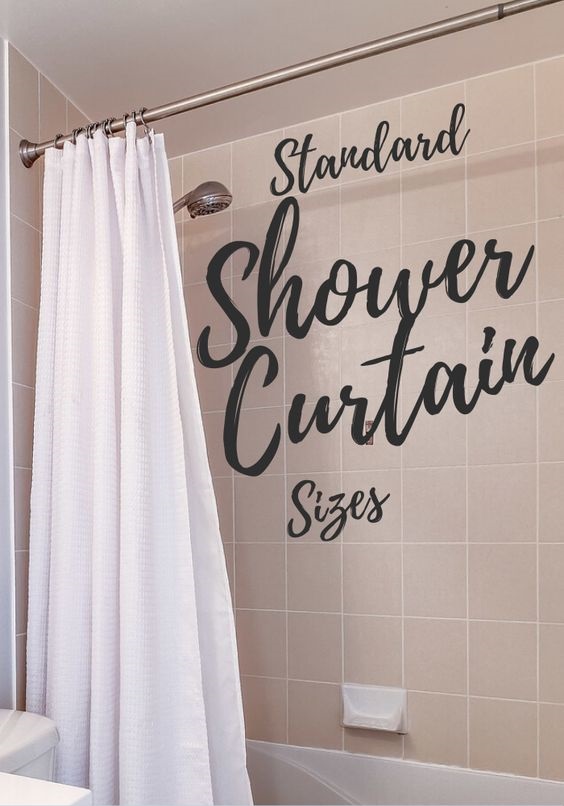
I. Understanding Standard Shower Curtain Sizes
When it comes to choosing the right shower curtain for your bathroom, understanding standard shower curtain sizes is essential. By considering the dimensions and allowing for a few extra inches, you can ensure a better fit and a visually pleasing appearance.
1. Dimensions Of Standard Shower Curtain: 70 x 70 Inches Or 70 x 72 Inches
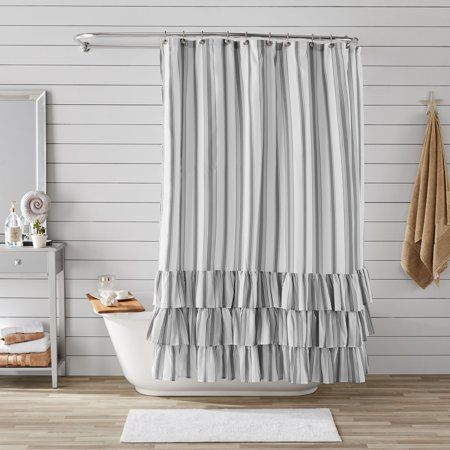
Standard showers typically have dimensions of 70 x 70 inches or 70 x 72 inches. These sizes are widely available and commonly used in many bathrooms. It’s important to note that the measurements refer to the width and height of the shower curtain.
2. Extra-Tall Shower Dimensions: 70 x 84 Inches Or 72 x 84 Inches
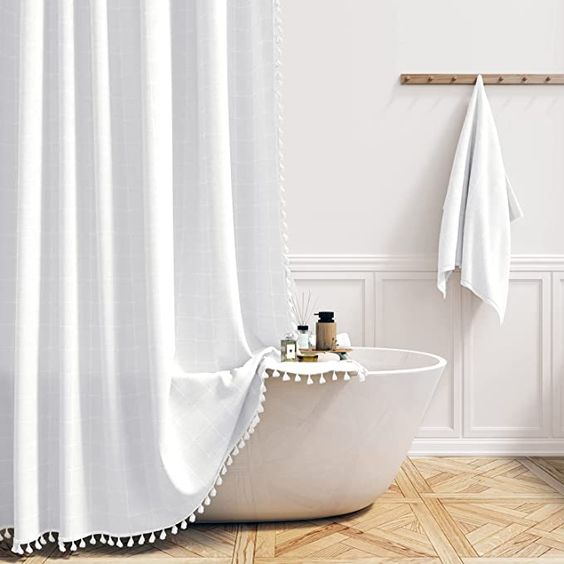
For showers with extra-tall walls, such as those in bathrooms with high ceilings, you may require shower curtains with increased length. Extra-tall shower curtains typically have dimensions of 70 x 84 inches or 72 x 84 inches, providing the necessary coverage for taller showers.
3. Importance Of Allowing For A Few Extra Inches For A Better Fit
When selecting a shower curtain, it’s advisable to allow for a few extra inches in both width and length. This additional fabric ensures proper coverage and prevents water from splashing outside the shower area. By allowing for some extra room, you can achieve a more functional and aesthetically pleasing curtain fit.
4. Measuring The Width Of The Shower And Accounting For Curtain Rings
To determine the appropriate width for your shower curtain, start by measuring the width of your shower opening. Add about 12 inches to this measurement to account for curtain rings or hooks. This extra width provides enough space for the curtain to hang freely and prevents it from appearing too narrow when closed.
II. Step-by-Step Guide For Choosing The Perfect Shower Curtain
1. Measuring The Width Of The Shower Opening
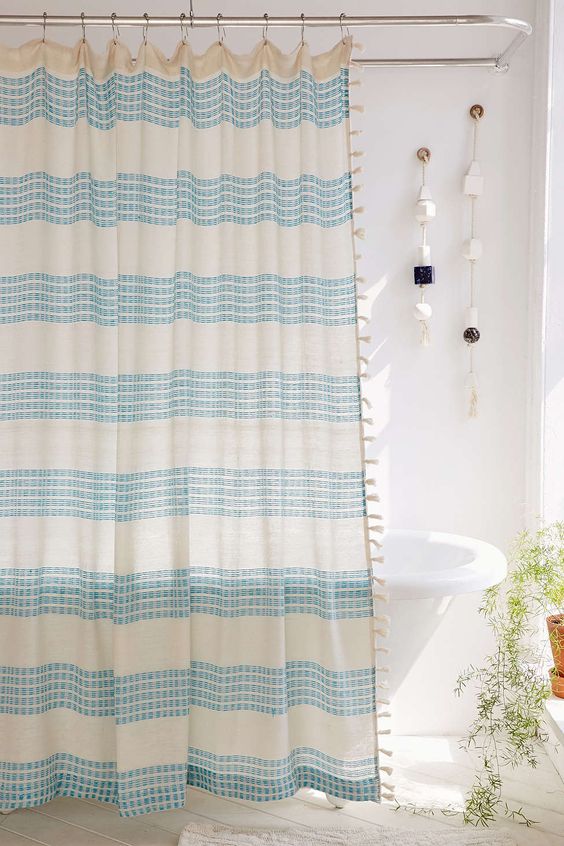
Start by measuring the width of your shower opening. Use a measuring tape to get an accurate measurement from wall to wall. Take note of this measurement as it will help determine the appropriate width for your shower curtain.
2. Determining The Rod Placement (Inside Or Outside The Shower)
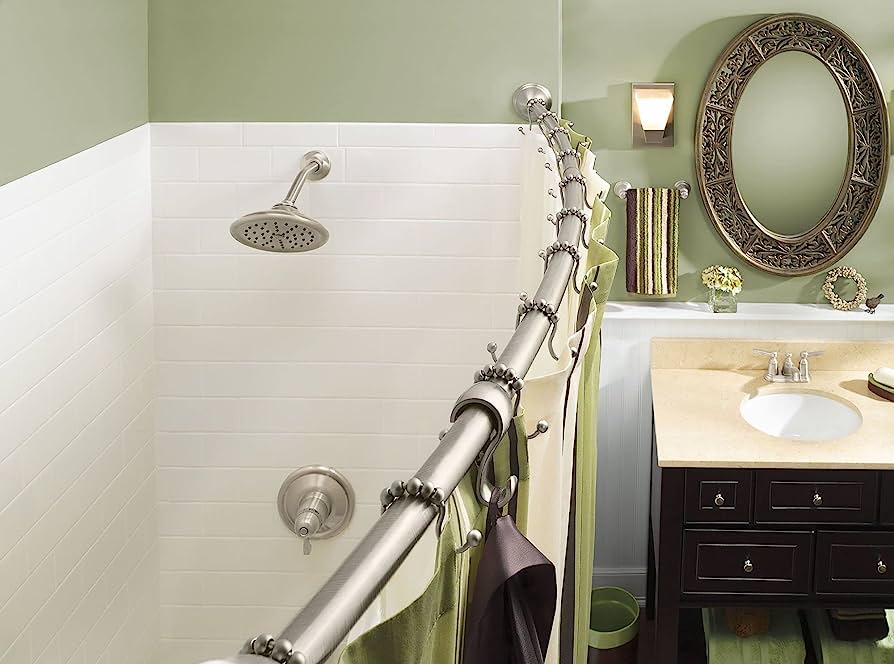
Decide whether you will be mounting your shower curtain rod inside or outside the shower area. This decision will impact the curtain size and how it hangs. If you choose to mount the rod on the inside, it allows the curtain to fully enclose the shower, providing maximum water protection.
3. Measuring The Desired Height Of The Curtain (1 To 2 Inches Off The Floor)
Measure the desired height of the curtain, typically around 1 to 2 inches off the floor. This prevents the curtain from dragging on the floor, maintaining cleanliness and reducing the risk of tripping. Ensure that the curtain length allows for proper coverage and privacy while still maintaining the desired gap from the floor.
4. Special Considerations For Different Shower Sizes (Standard, Stall Showers)
Consider the specific dimensions of your shower. Standard showers typically have a width of around 60 inches, while stall showers are narrower and taller. If you have a stall shower, it’s essential to account for the different dimensions and choose a curtain that fits accordingly. Add an additional 12 inches to the width measurement to allow for movement and avoid water splashing outside the shower area.
III. Additional Tips For Unique Shower Curtain Requirements
1. Stall Shower Curtain: Taller And Narrower Dimensions, Additional 12 Inches For Movement
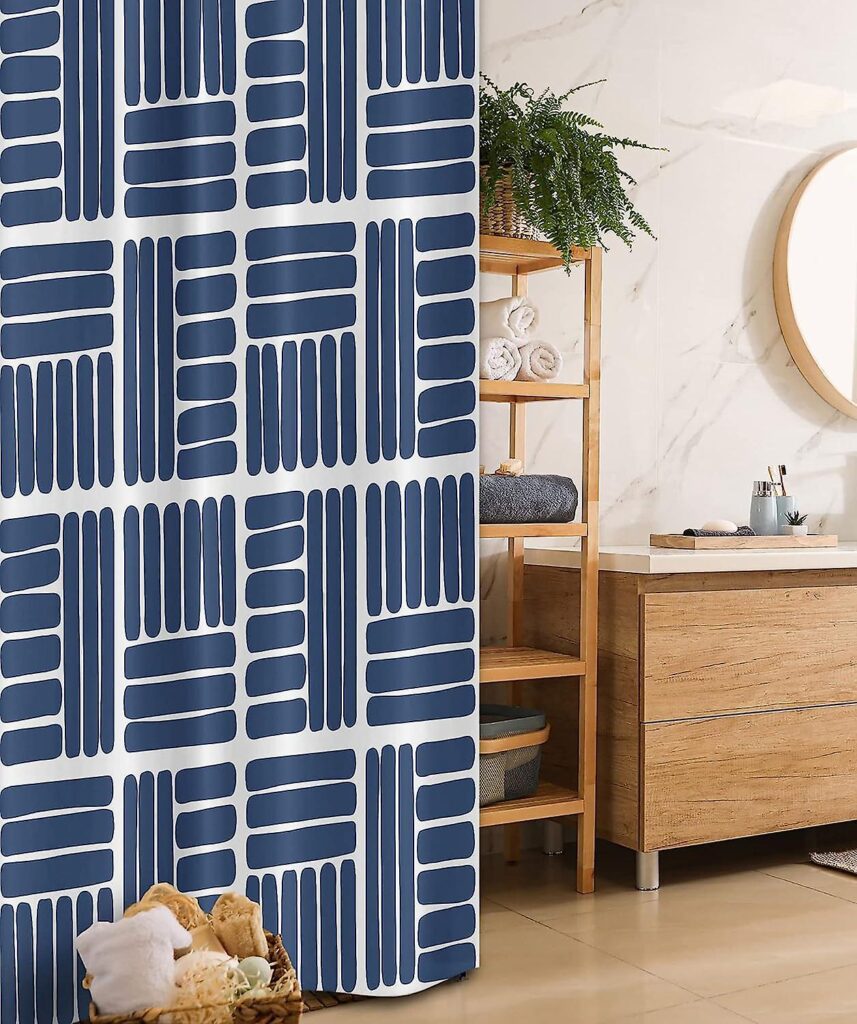
Stall showers typically have taller and narrower dimensions compared to standard showers. When measuring for a stall shower curtain, take into account the height and width of the shower space. To ensure proper coverage and prevent water from splashing outside the shower area, it’s advisable to add an additional 12 inches to the width measurement. This extra width allows the curtain to have enough fabric for movement and optimal functionality.
2. Curved Shower Curtain Rods: Generally 6 Inches Longer Than Standard Rods
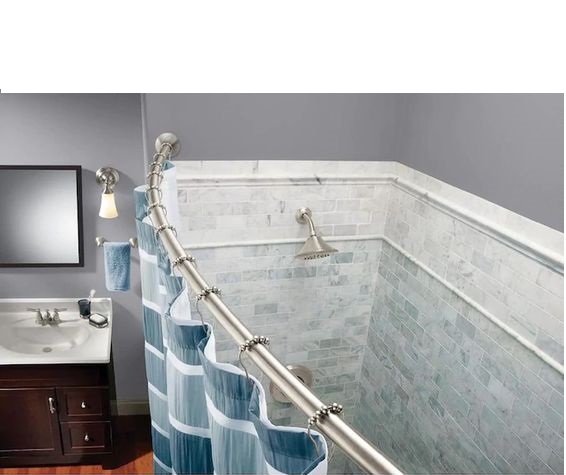
Curved curtain rods are a popular choice for creating extra space in the shower and providing a more luxurious feel. When using a curved rod, it’s important to consider that they are generally 6 inches longer than standard straight rods. This additional length ensures that the shower curtain can fully span the curved rod, maintaining the desired coverage and preventing any gaps that might result in water leakage.
3. Importance of Seeking Oversized Shower Curtains for Adequate Coverage
In certain cases, you may find that standard shower curtains do not provide sufficient coverage for your shower or bathtub. If you have a larger or uniquely sized shower area, it’s essential to seek out oversized shower curtains. These curtains are designed with extra width and length, ensuring that they adequately cover the entire shower space and provide the necessary privacy and water protection.
